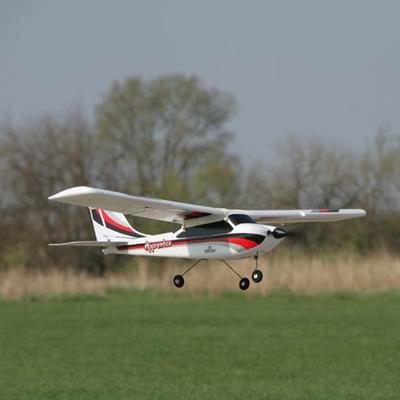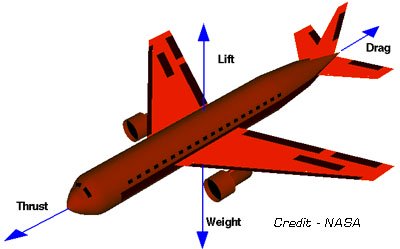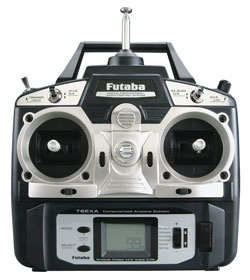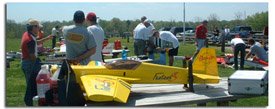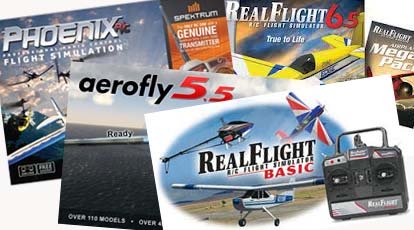Choosing Model Airplane Propellers
Good news, you don't have to be an aeronautical engineer to determine the right model airplane propeller for your airplane! In fact, you may be relieved to know that there is no right answer when it comes to the correct propeller for your plane.
As the pilot, you must choose a propeller that makes your airplane look and fly how you want it to. After all, everyone has their own flying style. Whether you're flying electric or gas, the concept is the same.
You my friend, are about to become an expert on model airplane propellers.
Sizing Model Airplane Propellers
|
Obviously, the most important aspect is the propeller size. Although determining the perfect diameter and pitch is crucial, it's much easier than you may think. Get the low down on sizing your propeller to fit your airplane and flying style.
|
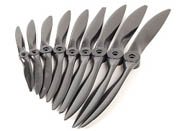 |
Types of RC Airplane Propellers
|
The construction or type is also a personal preference. Do you go with a wooden prop? Would a carbon or fiberglass reinforced propeller suit you better? Find out which is best for you by learning bit about different propeller types.
|
 |
Why Use Muliblade Propellers?
|
Should you get a prop with 3 or 4 blades? If you're looking for pure performance, probably not. But 3-blade propellers can be a good choice for beginners simply because they slow the airplane down. |
 |
There are also a few other applications where multiblade propellers are needed.
Balancing Propellers
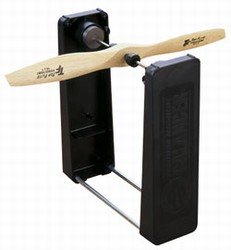
RC airplane propellers spin around pretty darn fast, so it's important to balance your propellers to eliminate vibration which could damage the bearings in your engine, motor, or airframe.
The larger the aircraft, the more important balancing is.
Here's a quick tutorial on balancing model airplane propellers and some neat balancing tools to check out.
Installation Quick Tips
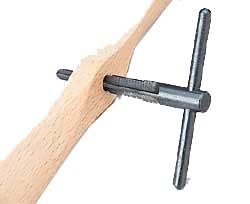
If the engine shaft is larger than the hole in the propeller than you're obviously going to have to enlarge the hole.
It's absolutely critical that this hole be straight through the center of the prop, otherwise your plane will vibrate like crazy...
Using a prop reamer will insure that the hole stays perfect.
You're prop stands a much better chance of surviving a dead stick landing if it stops in the horizontal position.
You can actually insure this happens by positioning the propeller horizontally on the shaft so that compression is felt when you try to rotate it.
If the engine quits, the air passing by will rotate the propeller and the compression of the engine will hold it in this horizontal position.
More Pages about RC Airplane Propellers
- Sizing RC Airplane Propellers
- Types of RC Props
- 3 and 4 Bladed Props
- Construction of RC Props
- Balancing the Propeller
Home › Propellers
Let’s Go Flying! |
|
5 Steps for Successful First Flight! When the RC bug bites, it bites hard! Control yourself my friend! Save yourself much time and money by following these five steps to success! |
